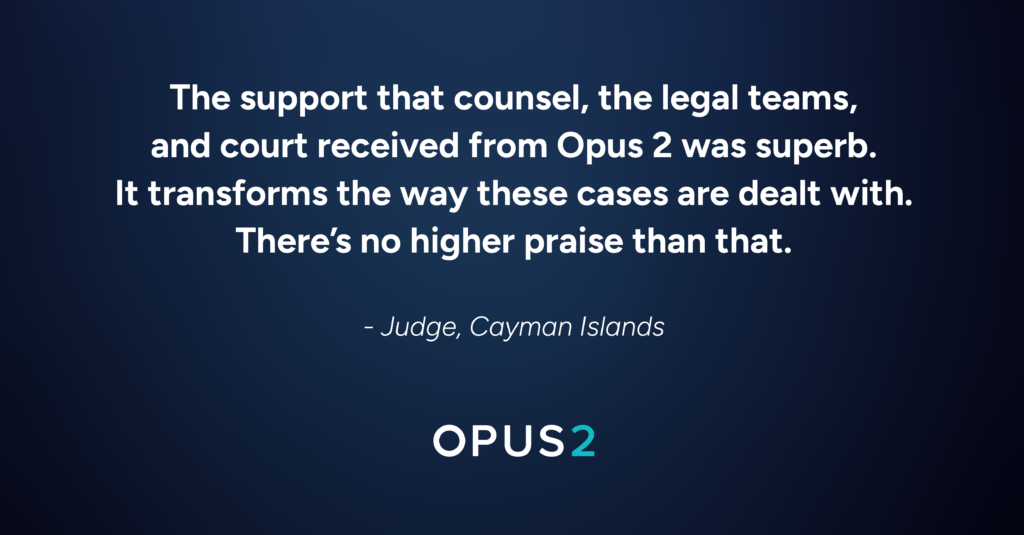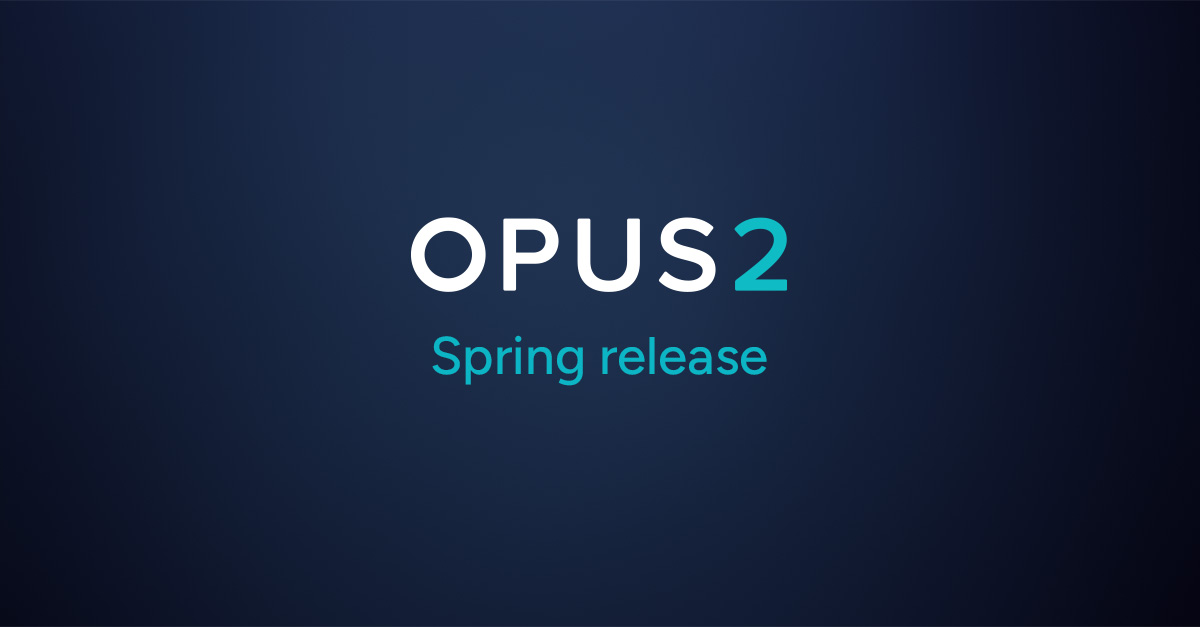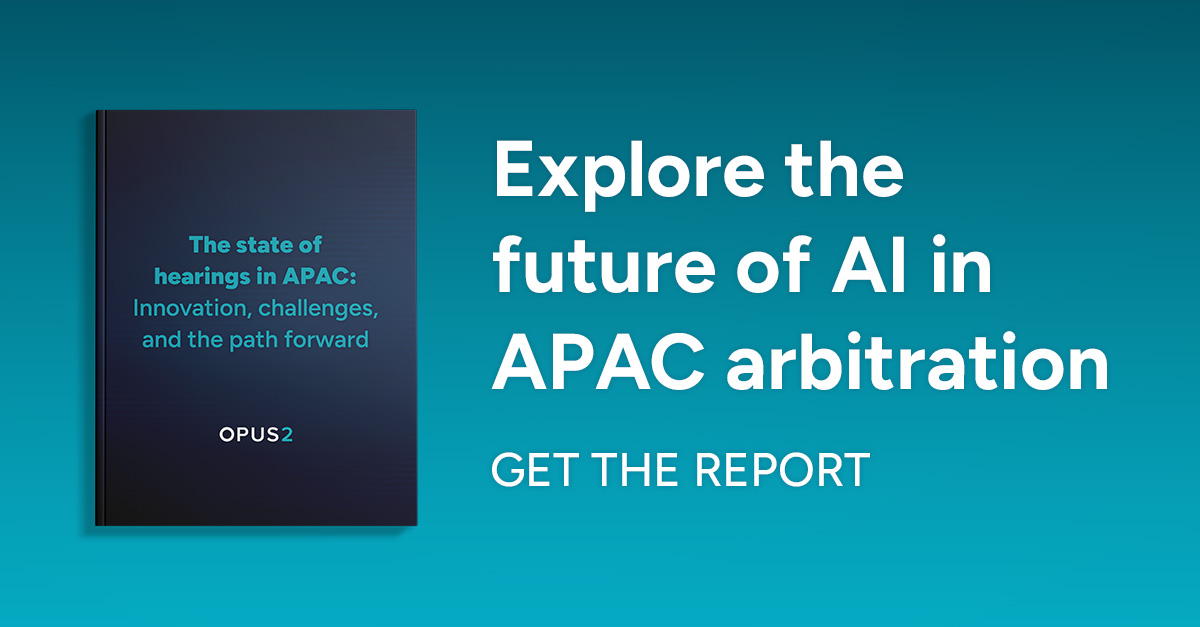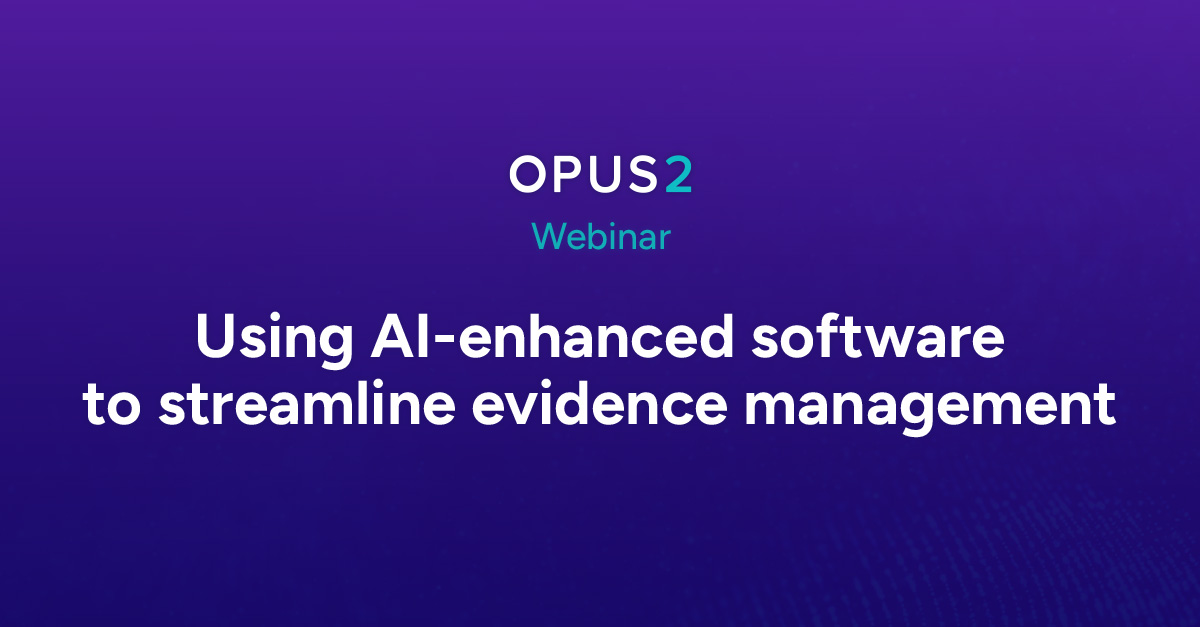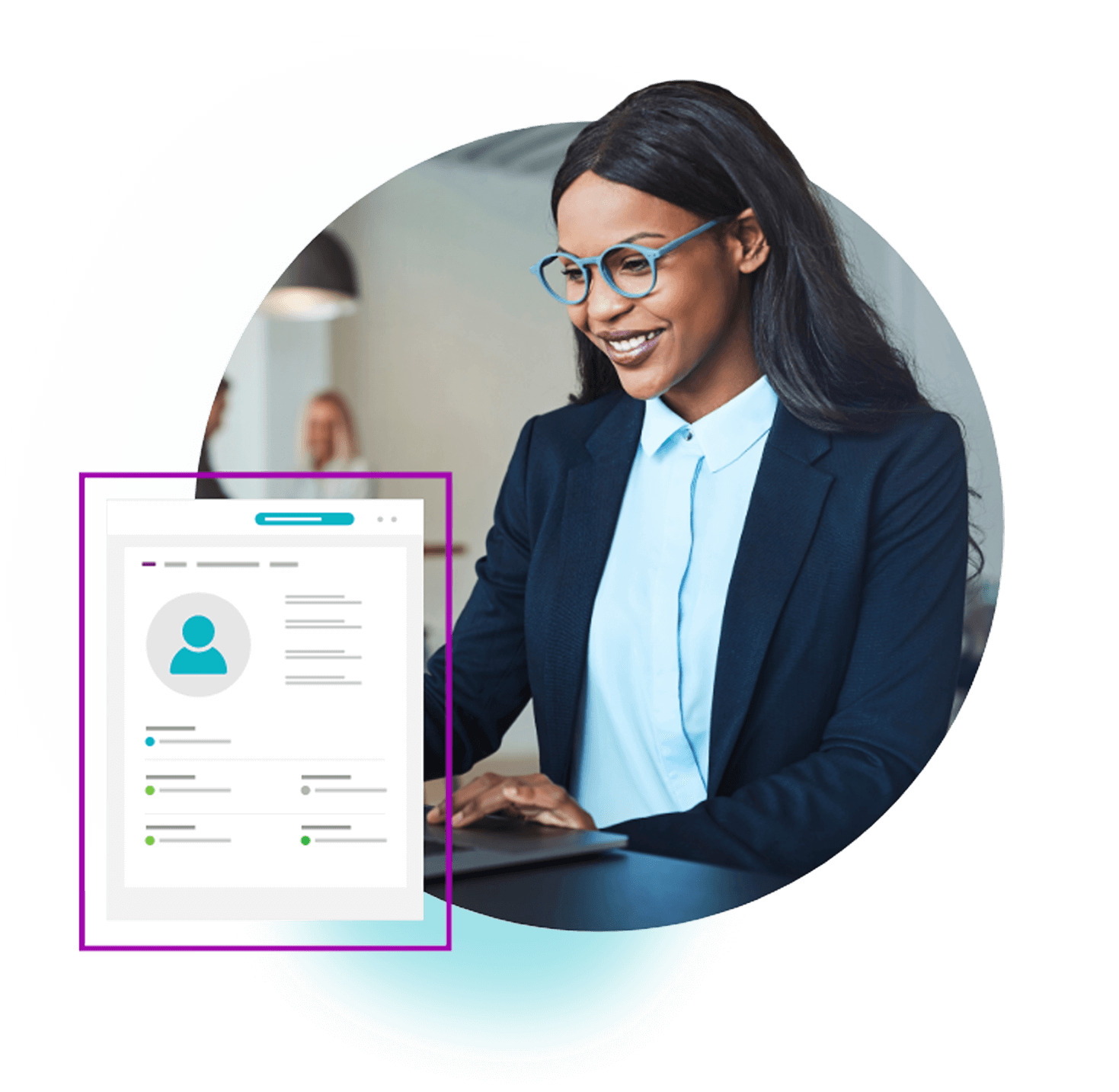In recent years, hybrid and virtual court hearings have emerged as a vital component of the legal landscape. Shifting from a practical necessity to a strategic benefit. Striking the right blend between in-person, hybrid, and virtual hearings can deliver increased efficiency, accessibility, and cost savings.
In this article, we’ll explore five key tips for planning a hybrid or virtual court hearing. But first, we’ll compare the three types of hearings including in-person, hybrid, and virtual, sharing when you might use each. Then, we’ll offer a few key considerations when planning hybrid or virtual hearings.
Approaches to court hearings: In-person, hybrid, and virtual
1. In-person court hearings
Before 2020, the business of law was conducted almost exclusively in person. Courts and tribunals heard matters face-to-face and the various people involved traveled to the hearing location to participate. This included counsel, the parties, barristers, judges, witnesses, experts, administrative staff, and so on.
After the temporary shift to virtual court hearings from 2020 to 2022, a large number of courts have now returned to primarily using in-person proceedings. This remains a good option for cases where participants are all central to the court system where the matter will be heard. Additionally, it’s a common option for civil cases and matters with a relatively small number of witnesses and evidence.
2. Virtual court hearings
Virtual court hearings happen 100% remotely. There are no parties present in a physical hearing room – instead, all participants join the proceedings via an audio or video conference provision. This approach became prevalent as a way to ensure continued access to the justice system when access to in-person hearing services were no longer available.
Virtual hearings have come a long way in the last few years. Courts can now take advantage of specialized virtual hearings services and software designed specifically for their needs. In addition, participants are now more confident than ever when using hearings technology.
The most significant shift in the dynamics of the hearing is the loss of face-to-face interaction. However, the real time transcription and electronic presentation of evidence (EPE) feeds (like those offered by Opus 2) help virtual courts follow a similar process to in-person hearings. Virtual court hearings are most commonly used for pre-trial needs including for conducting preliminary and procedural hearings.
3. Hybrid court hearings
The third type of hearing is a hybrid court hearing. In this approach, the primary participants attend the court proceedings in person others connect to the hearing virtually. Hybrid hearings can reduce travel costs and enable access for extended litigation teams, interested parties, and others that would not otherwise be able to participate.
This option is particularly useful for complex litigation or international arbitration hearings where there are a number of geographically dispersed witnesses. Typically, both hybrid and remote participation is facilitated by virtual hearing software.
Ten years ago, when paper-based trials and arbitration hearings were still dominant, conducting virtual court hearings may have posed many additional complexities. But with the growth and dominance of electronic hearings, the transition to virtual court hearings today is a smaller leap.
6 key considerations when planning a hybrid or virtual court hearing
1. Which virtual court hearing solution suits your needs?
There are several virtual court hearing software solutions on the market. And, within those solutions, you have a several levels of connection and service available. Some hearings may use simply teleconferencing while others will have a fully-integrated virtual solution.
Before making a decision on which provider to go with, evaluate your needs. Will your hearing rely heavily on evidence given by witnesses attending virtually? Will virtual participants need to be able to see and hear the court proceedings in real time along with any evidence being presented? What solution will the parties use for the shared electronic bundle?
It’s crucial to ensure any technology you select is compatible with all the sites that participants will be connecting from. Check with the venue and your internal IT teams to see if they have a preferred and proven provider.
2. What technology and equipment is available in each venue?
To ensure your virtual or remote hearing runs as smoothly as possible, determine what equipment virtual hearing participants have already access to and then augment with services and equipment provided by a hearings solution as needed. Remember that if you have key witnesses participating virtually, it’s essential for them to have high-quality equipment.
Verify that all participants have good quality speakers, high-resolution cameras, and microphones in close proximity to each active participant. If possible, arrange participants in rooms designed to ensure high sound quality with sound panels to reduce echoing.
3. Do you need an expert to manage the technology?
If you’re engaging in a virtual or hybrid court hearing, you’ll need to decide if your team has the capacity and expertise to manage the technical aspects of the hearing. Even when presenting your case in courts with built-in technology, it’s important to understand the level of technical support offered by the venue.
Will there be a dedicated hearing support person that will continually monitor the case? Often, on-site support is working with multiple courts and may not be immediately available if an error or technical fault occurs. Additionally, it’s important to ensure that virtual participants are ready when needed, admitted to the hearing at just the right time, and that audio sharing concludes at the appropriate time. Who will be responsible for testing and ensuring good connections? Will they also manage microphones and muting? Additionally, you’ll need to coordinate with the court as well as opposing counsel to agree on a neutral third-party for any shared services.
In short, beyond simply setting up the technology for your virtual court hearing, actually managing the hearing is a big job and for complex hearings it may be wise to hire a managed services provider.
4. Consider the venue and environment of participants
With modern court hearing services and technology, a hybrid or virtual hearing can take place almost anywhere, but not every space is well suited to the needs of the court. Venue and environment play a significant role in the success of a hybrid or virtual court hearing. Here are a few things to check before selecting your location:
- Centralise participants where possible to limit the number of virtual locations
- Select a space that limits noise like office chatter and road traffic
- When using video conferencing, use a neutral, plain background and limit distractions in the participants’ sight line to increase focus
Often, virtual participants will connect from an office, conference room, or meeting room. Additionally, you can explore spaces that are purpose-built for virtual court hearings like the IDRC Opus 2 Suite.
5. Facilitate training, testing, and support
Before your hearing begins, ensure that all hearing participants, both in-person and remote, know what to expect. Conduct training sessions to share how the technology being used will work, who will manage it, and when it will be used. Allowing the participants to familiarise themselves with the technology being used in advance improves confidence and ensures a smooth hearing. If you hire a managed service, they will ensure all participants are up to speed, connections are tested, and real-time support is available, allowing you and your team to focus on the proceedings.
6. Build a proactive fault recovery plan
Hybrid and virtual court hearings hearings often involve multiple contributors in different locations, using a range of hardware, and varying quality of internet connections. Given these circumstances and the importance of your work, when technical issues occur, you need to be ready to respond.
Create a proactive fault recovery plan that clearly defines what happens if issues arise. Share the plan with all participants and ensure they know what to do. Quick action is essential in these situations.
The Opus 2 Hearings experience
If you’re uncertain about what you need to conduct a seamless and successful hybrid or virtual court hearing, reach out to our team of experts. Opus 2 has empowered legal teams to conduct hearings that involve remote or virtual participants globally, for almost a decade. The Opus 2 remote access solution allows team members to follow proceedings remotely, in real time, from anywhere in the world.
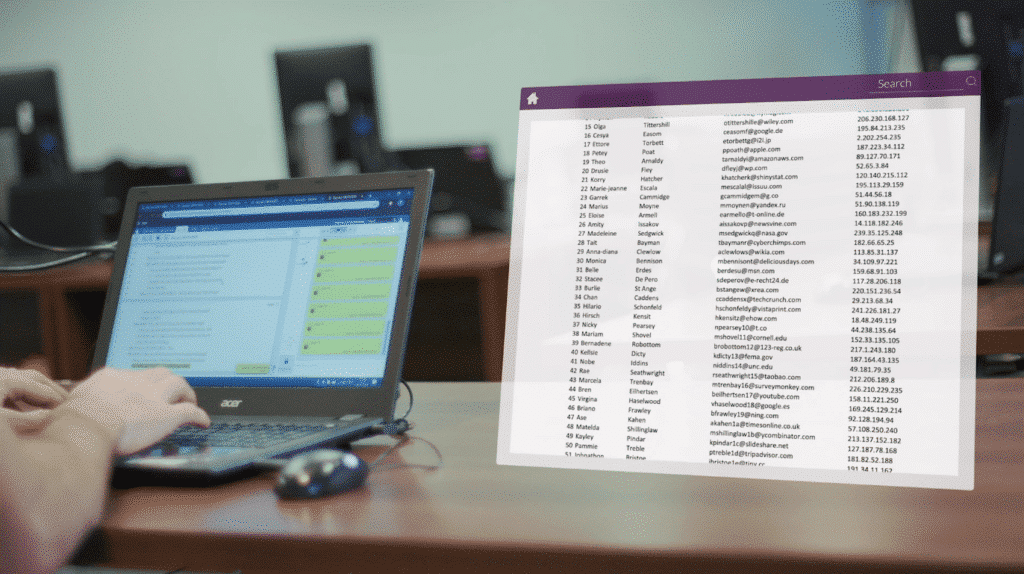
For more information on how Opus 2 can help deliver your virtual hearing, visit our website for more information and useful resources.
